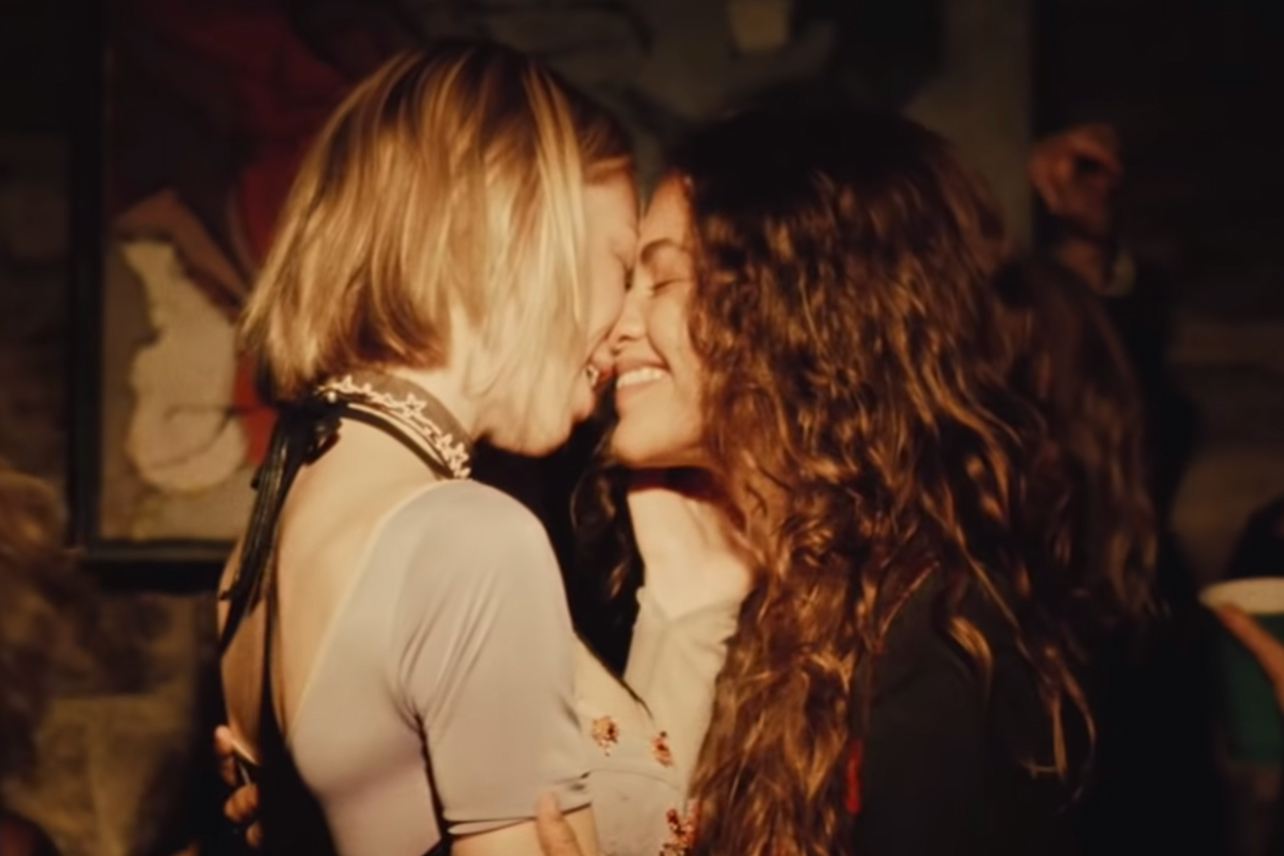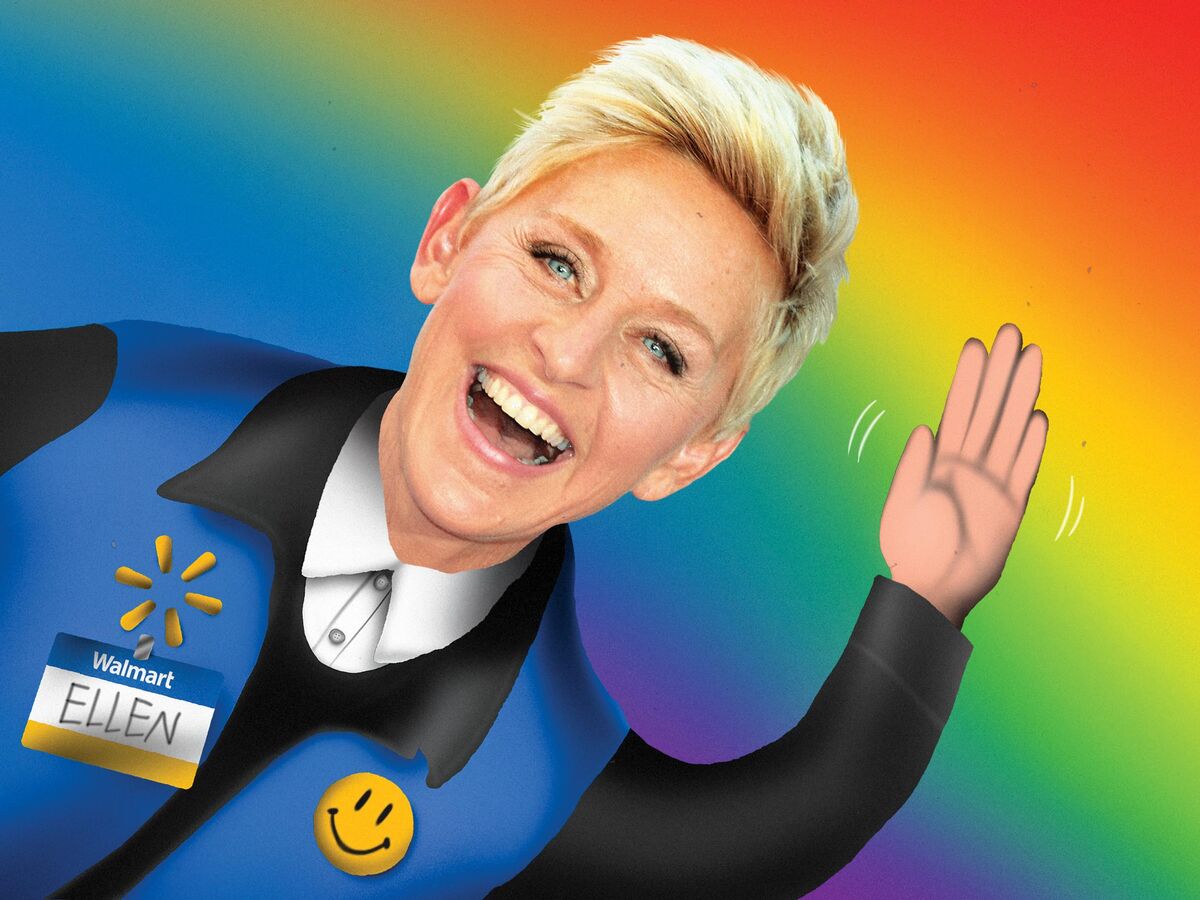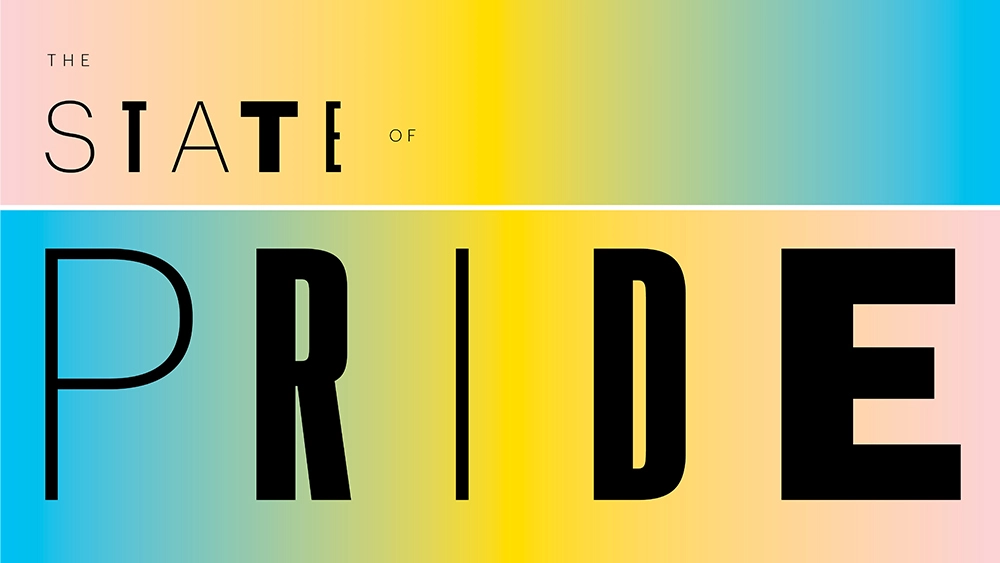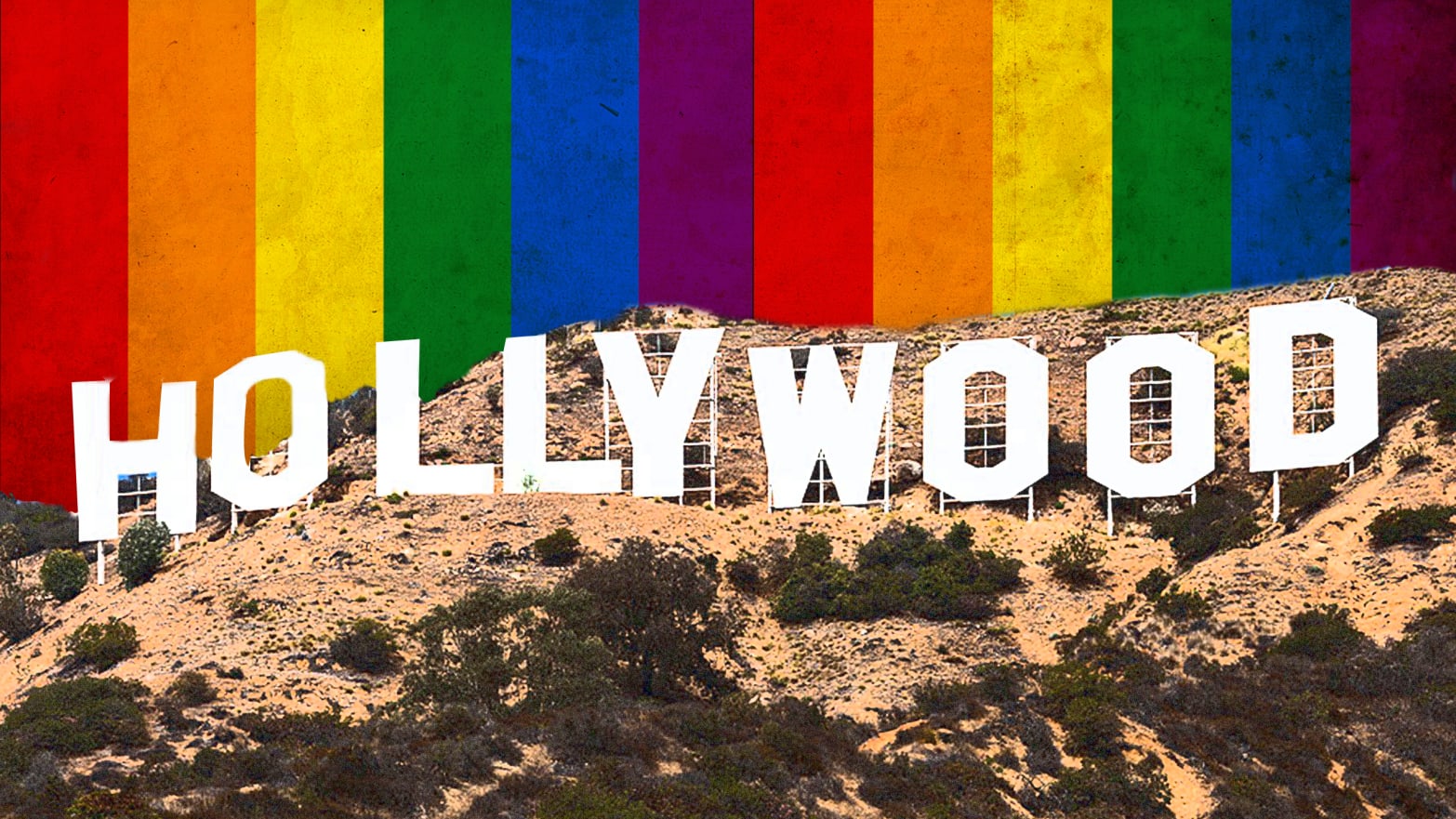By Penny Theodorakopoulou,
Self-expression and storytelling have always found a home in the entertainment business. With the voices of LGBTQIAP+ (Lesbian, Gay, Bisexual, Transgender, Queer, Intersex, Asexual, Pansexual, and Others) gaining importance and visibility, it has developed over time to become more inclusive and diverse. The influence of LGBTQIAP+ representation in the entertainment business, the difficulties queer artists confront, and the significance of amplifying these voices for a more inclusive and equitable media landscape are all explored in this article. We will examine instances from famous people, popular culture, motion pictures, and TV shows that have influenced this change in depiction.
The rise of LGBTQIAP+ representation
LGBTQIAP+ representation in the entertainment sector has increased recently, both on and off-screen. Increased cultural acceptability, the emergence of streaming services, and the tenacious campaigning of LGBTQIAP+ artists and sympathizers have all contributed to this.
In addition to showcasing LGBTQIAP+ people and narratives, television programs like Pose (2018-2021), developed by Ryan Murphy, Brad Falchuk, and Steven Canals, have given queer artists the chance to work behind the scenes as writers, directors, and producers. Pose has received accolades for its accurate depiction of New York City’s ballroom culture in the late 1980s and early 1990s and has the largest cast of transgender performers in series regular roles.
The LGBTQIAP+ group is well represented on television thanks in large part to HBO’s Euphoria (2019-). The protagonist character Rue, played by Zendaya, is a gay adolescent dealing with addiction. The show, which was produced by Sam Levinson, has a varied ensemble of characters with varying sexual orientations and gender identities. Jules, a significant character who is portrayed by transgender actor Hunter Schafer, travels through her own process of self-acceptance. Euphoria challenges preconceptions and offers a more accurate picture of the queer experience by displaying nuanced, multi-dimensional LGBTQIAP+ characters and storylines. This resonates with audiences and promotes more understanding and empathy for the LGBTQIAP+ community.

The Netflix original series Orange Is the New Black (2013-2019), created by Jenji Kohan, has also received praise for its diverse ensemble cast, which features Laverne Cox, a transgender actress who has since emerged as a leading proponent of transgender rights. The program has received accolades for its nuanced depiction of LGBTQIAP+ characters and its treatment of topics including gender identity, sexual orientation, and the intersection of race and class.
The 2017 film Call Me By Your Name, which was directed by Luca Guadagnino and is based on a book by André Aciman, has improved how the LGBTQIAP+ community is portrayed in movies by giving a compassionate and complex look at a same-sex romance. The 1980s-set movie follows Elio, a 17-year-old Italian-American, and Oliver, a 24-year-old American doctoral student, as their relationship develops. The movie’s delicate investigation of love, desire, and self-discovery struck a chord with both viewers and critics, winning it multiple honors, including the Academy Award for Best Adapted Screenplay. Call Me By Your Name has aided in a more inclusive and varied representation of queer experiences in mainstream cinema by presenting a heartfelt and genuine LGBTQIAP+ narrative.
Lastly, the Tarell Alvin McCraney play In Moonlight Black Boys Look Blue was the inspiration for Barry Jenkins’ film Moonlight (2016), which was the first LGBTQIAP+-themed film to win the Academy Award for Best Picture. A young black man’s journey of self-discovery and acceptance of his sexuality is the subject of the movie, which offers a rare and potent representation of LGBTQIAP+ people of color on the big screen.
Challenges faced by queer artists
LGBTQIAP+ artists still encounter many obstacles in the entertainment industry, despite recent advancements. A few of the challenges LGBTQIAP+ artists face as they pursue their careers include discrimination, tokenism, and typecasting.
When she came out as a lesbian in 1997, Ellen DeGeneres, a trailblazer for LGBTQIAP+ inclusion in the entertainment business, she was met with harsh criticism. After the cancellation of her comedy Ellen, she spent several years looking for work before finally succeeding with her daytime talk show, The Ellen DeGeneres Show.
Numerous LGBTQIAP+ performers are frequently restricted to portraying stereotypical characters or are only chosen for roles in projects that have a clear queer audience focus. For these performers, breaking into mainstream media and gaining wide recognition may be challenging. For instance, actor Jonathan Groff well-known for his work in the TV shows Glee (2009-2015) and Mindhunter (2017-2019), has discussed the difficulties of being stereotyped as a gay character and the few possibilities LGBTQIAP+ actors have in Hollywood.

The importance of amplifying LGBTQIAP+ voices
It is important to elevate LGBTQIAP+ voices in the entertainment sector for a number of reasons. First, it promotes a more open and tolerant culture by challenging preconceptions and social norms. The media can aid in humanizing LGBTQIAP+ people and fostering empathy and understanding by portraying a variety of stories and experiences.
Bisexual pop icon Lady Gaga has used her position to promote LGBTQIAP+ rights and spread awareness of problems like bullying and mental health. Her Born This Way Foundation was established in 2011 with the goal of empowering youth and developing a more compassionate and welcoming society.
Second, greater representation can enthuse and strengthen LGBTQIAP+ people who might not otherwise feel represented in mainstream media. LGBTQIAP+ persons, especially young people who may be having identity issues, can feel validated and inspired when they see someone who shares their identity excel in the entertainment industry.
Amplification of LGBTQIAP+ voices can also result in a more nuanced and authentic narrative. The viewpoints and experiences that queer artists bring to their work can enhance the stories and characters they develop. We can make sure that a greater variety of tales are told and that these stories connect with a larger audience by supporting a more diverse and inclusive entertainment business.

Conclusion
LGBTQIAP+ representation in the entertainment business has advanced significantly in recent years. To guarantee that LGBTQIAP+ artists are given equal chances and that their opinions are heard and valued, however, there is still more work to be done. We can build a more fair media environment that reflects the vast tapestry of human experiences and promotes empathy, understanding, and acceptance for everyone by continuing to strive for greater inclusivity and diversity.
References
- Benshoff, H. M., & Griffin, S. (2006). Queer Images: A History of Gay and Lesbian Film in America. Rowman & Littlefield Publishers. transreads.org. Available here
- Doty, A. (1993). Making Things Perfectly Queer: Interpreting Mass Culture. University of Minnesota Press.
- Gross, L. P. (2001). Up from Invisibility: Lesbians, Gay Men, and the Media in America. Columbia University Press.
- Sender, K. (2004). Business, Not Politics: The Making of the Gay Market. Columbia University Press.
- Becker, R. (2006). Gay TV and Straight America. Rutgers University Press.
- Where We Are on TV Report – 2020. glaad.org. Available here
- 2021 GLAAD Studio Responsibility Index. glaa.org. Available here




